Pest animals and weeds
Pest animals
Pest animals can have a big impact on native bird, reptile and mammal populations. In highly urbanised environments like the Inner West, pest animals include foxes, cats and pest birds like the Common Myna.
There are two main ways that pest animals threaten our native animal populations. These are by:
- Hunting and preying on native species
- Competing for food and shelter
European Red Foxes
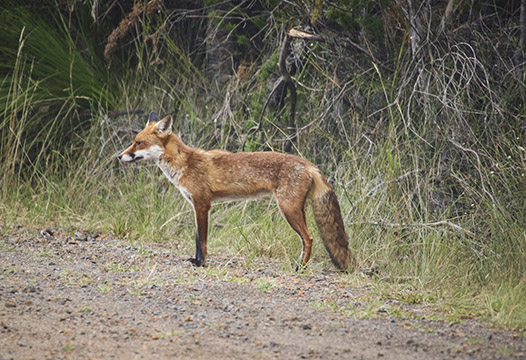
Photo: David Croft/DPI
Introduced foxes are a declared pest in NSW, and are Australia’s number one predator threatening the survival of native wildlife and many currently threatened species.
In urban areas they are also increasingly causing problems. These include:
- Threatening urban wildlife populations and biodiversity
- Disturbing or killing small pets (such as rabbits, guinea pigs, poultry and aviary birds)
- Scavenging through rubbish bins and at waste facilities
- Carrying and transmitting disease/parasites including hydatids
To further the understanding fox populations, we encourage you to record and map sightings of foxes and fox impacts in your local area using FoxScan.
Visit the FoxScan website, download the app from the App store or Google play and map your sightings.
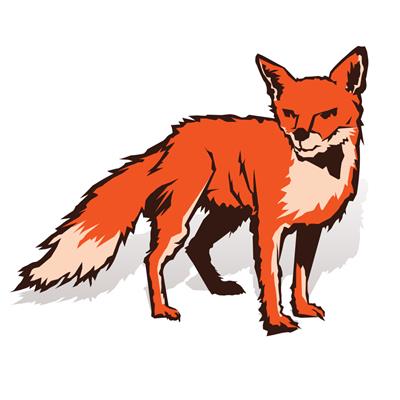
Common Mynas
Numbers of Common Mynas (also known as the Indian Myna) in urban areas have increased dramatically in recent years, causing significant problems for our native wildlife.
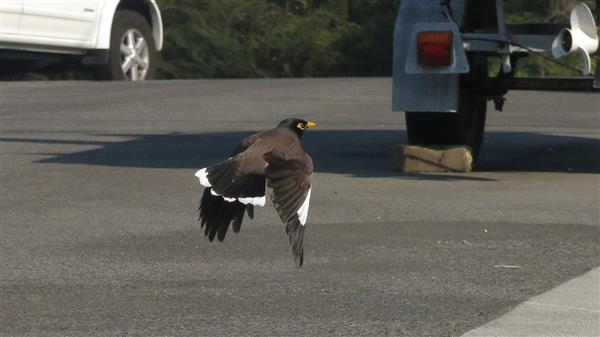
Photo: Pilar Angon
These include:
- Competing aggressively with native wildlife for nesting hollows, and evicting and killing the young of native animals
- Invading endangered habitats and further increasing the risk of extinction of some endangered native species
Small birds need dense understorey vegetation made up of shrubs and groundcover plants for shelter from predators and food. The loss of this type of vegetation in urban areas is one of the major causes of declining small bird numbers and an increase in medium sized birds such as the Common Myna.
Council establishes and maintains new areas of habitat and food sources for small native birds in natural areas throughout the Inner West and has a Bushcare program. The Urban Ecology team also work with other parts of Council to increase the use of local native understorey plant species in parks and streets.
Local native plant species are available to residents from Council's two nurseries – Marrickville Community Native Plant Nursery and Rozelle Bay Community Native Plant Nursery.
More information on dealing with Common Mynas can be found at the NSW Department of Planning, Industry and Environment website.
Visit the MynaScan website, download the app from the App store or Google play and map your sightings.
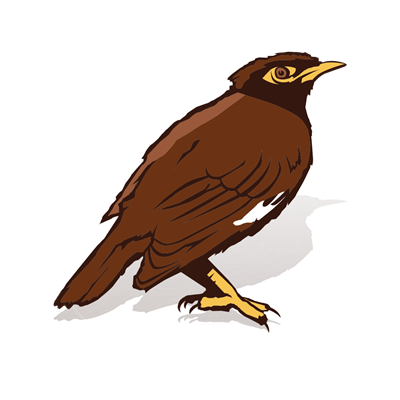
New pests
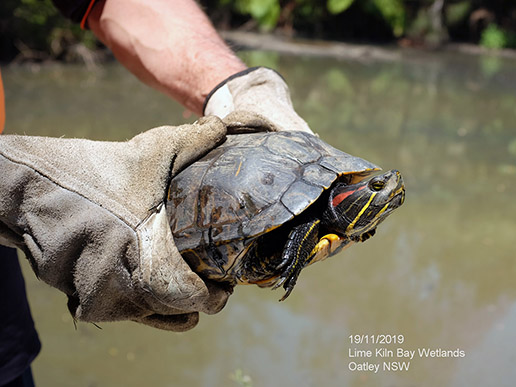
Photo: David Mercer / DPI NSW
Some newly introduced species (including exotic reptiles, fish, birds, amphibians and mammals) can cause problems if deliberately or accidentally released into the wild. While their numbers may currently be low, they can become major pests and threaten native plant and animal populations.
The New Pests website provides a simple way for you to report possible sightings of these new pests. The Red-eared slider turtle below has been found in the Inner West.
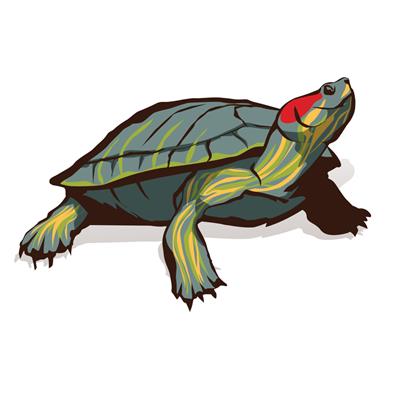
If you suspect you may have seen this turtle or other new pests in your local area, please report the sighting immediately. To report your sightings you can also download the app from the App store or Google play.
Weeds
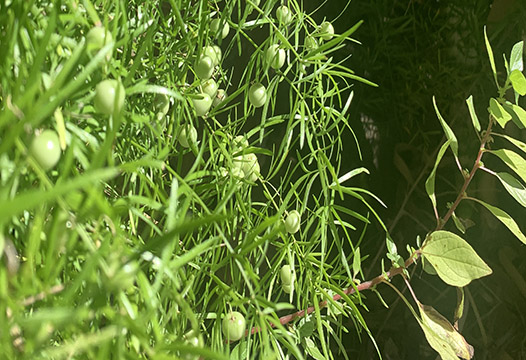
Photo: Pilar Angon
Plants that significantly impact upon the natural environment, the community or the economy should be controlled. Up until 1 July 2017 the main piece of legislation dealing with these plants was the Noxious Weeds Act 1994. Under this Act certain plants were termed "noxious weeds"; and were placed into classes that dictated their control measures.
The NSW Noxious Weeds Act 1994 has now been repealed and replaced with the NSW Biosecurity Act 2015 and its accompanying Biosecurity Regulations. Under the new Act, plants are no longer termed "noxious"; nor have classes. Instead, all plants are assessed for their biosecurity risk. This is the risk that the introduction, presence, spread or increase of a plant will have, or may potentially have, an adverse effect on the economy, the environment or the community.
Regardless of whether plants have specific actions prescribed to them, the NSW Biosecurity Act 2015 recognises that everyone who knows, or ought to reasonably know, that a plant poses a biosecurity risk has a general biosecurity duty to prevent, eliminate and minimise that biosecurity risk so far as is reasonably practicable.